The question of whether or not weight matters on a bicycle is always a hotly debated topic. Usually, it’s the case that the penalties of weight loss are not worth the effort but losing weight can make a difference on hilly courses. A while ago, Ben (the founder of myWindsock) wrote a very popular blog post on how much difference 5kg can make on a course which you can read here.
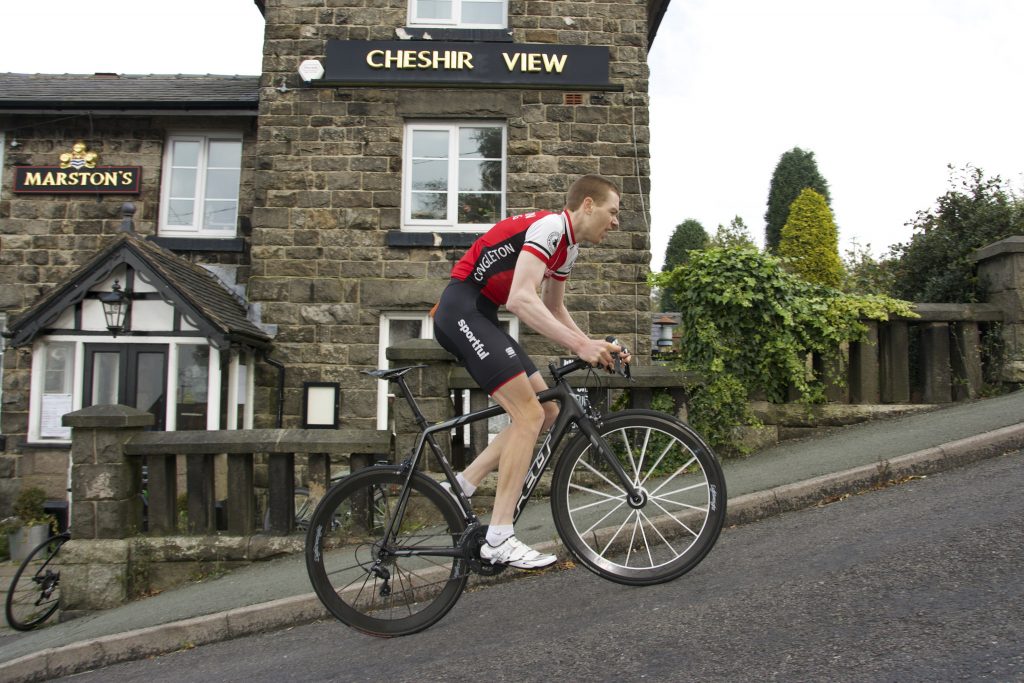
Why does weight matter?
Weight matters in cycling because the less weight a cyclist is carrying, the less energy they have to expend to maintain a given speed or climb a hill. This is because of the physics of cycling – as a cyclist pedals, they have to overcome two main forces: air resistance and the force of gravity.
Air resistance is determined by a combination of the cyclist’s speed and their frontal area (which is affected by body position and equipment). The faster a cyclist goes or the more upright they sit, the more air resistance they encounter. However, the effect of air resistance is relatively small compared to the force of gravity when cycling on a slope.
The force of gravity is determined by the cyclist’s weight, the slope of the road, and the acceleration due to gravity. When cycling uphill, the force required to overcome gravity increases with the slope of the road and the weight of the cyclist and their bike. The steeper the hill, the more important weight becomes.
What kind of course should I be more worried about weight than aero?
Since Ben wrote his blog, I’ve considered this question further as I have entered an off-road triathlon with a 30km bike course with 1000m of climbing total in the two laps. A scenario where weight will play a bigger role than aerodynamics on large parts of the course. Let’s see what myWindsock has to say about the course…
The race details…
The race that I’ve entered is an Xterra branded triathlon. For those of you that don’t know, Xterra is an off-road triathlon that typically includes a mountain bike leg. The bike courses for Xterra races are usually off-road and can include singletrack, fire roads, and technical terrain. The courses are designed to be challenging and often include steep climbs, rocky descents, and other obstacles. The one I’m racing is Lake Garda, in Italy – which is extremely hilly.
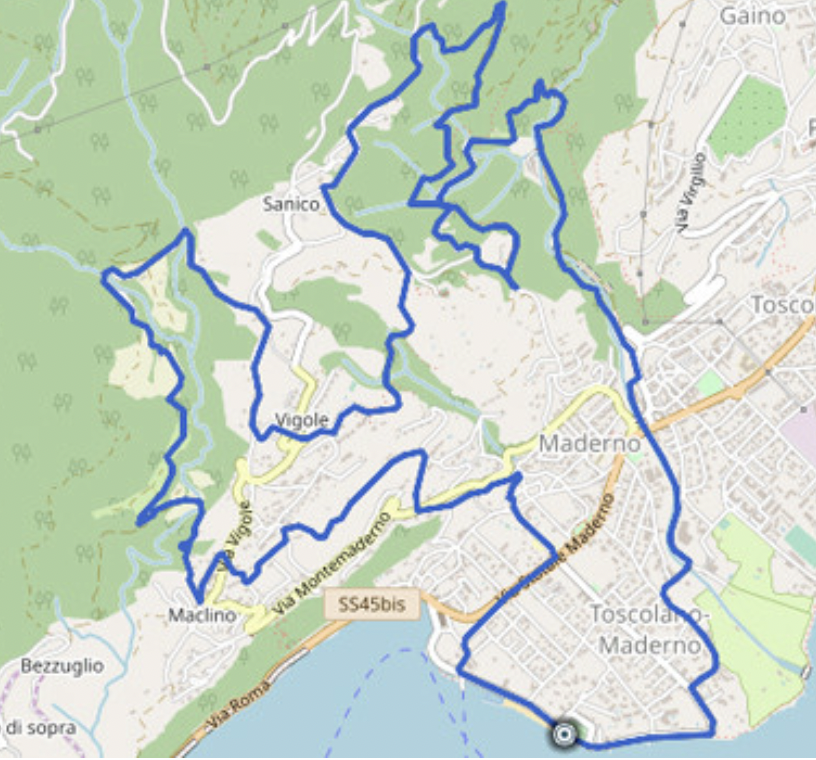
A quick interlude on rolling resistance
One of the challenges around predicting an off road course can be rolling resistance, obviously it will vary as the surface is not the same throughout. The rolling resistance of mountain bike tires can vary depending on several factors, including the tire size, tread pattern, rubber compound, and inflation pressure.
Typically, the rolling resistance of mountain bike tires can range from around 10 to 40 watts per tire at a speed of 20 km/h on a smooth surface. However, when riding on rough terrain, the rolling resistance can be significantly higher due to the increased friction between the tire and the ground.
It’s worth noting that a lower rolling resistance typically translates to faster speeds and better efficiency, but it can come at the cost of reduced traction and durability. On the other hand, tires with higher rolling resistance may provide better traction and durability, but may be slower and less efficient. Therefore, the choice of tire depends on the rider’s priorities and the type of terrain they plan to ride on.
The coefficient of rolling resistance (Crr) is a measure of the frictional resistance between the tire and the ground, and it is typically expressed as a decimal or percentage of the tire’s weight. For mountain bike tires, the Crr can vary depending on the factors mentioned earlier, but typically ranges from around 0.004 to 0.02.
This means that for every kilogram of weight on the tire, there is a force of around 4 to 20 Newtons opposing the motion of the tire. Again, the actual Crr for a given tire can vary depending on factors such as the tire size, tread pattern, rubber compound, and inflation pressure.
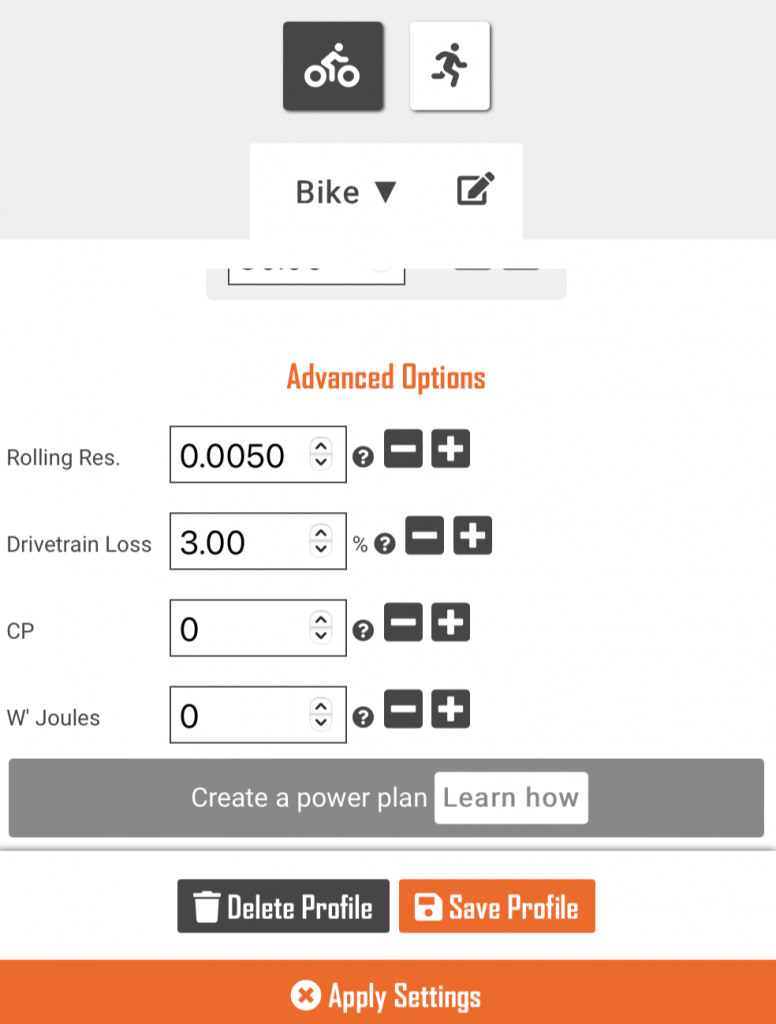
How much difference does a kilogram make?
Putting in our advanced settings we can have a look into how long the course might change based on weight savings. Using our initialised settings we can see the following…
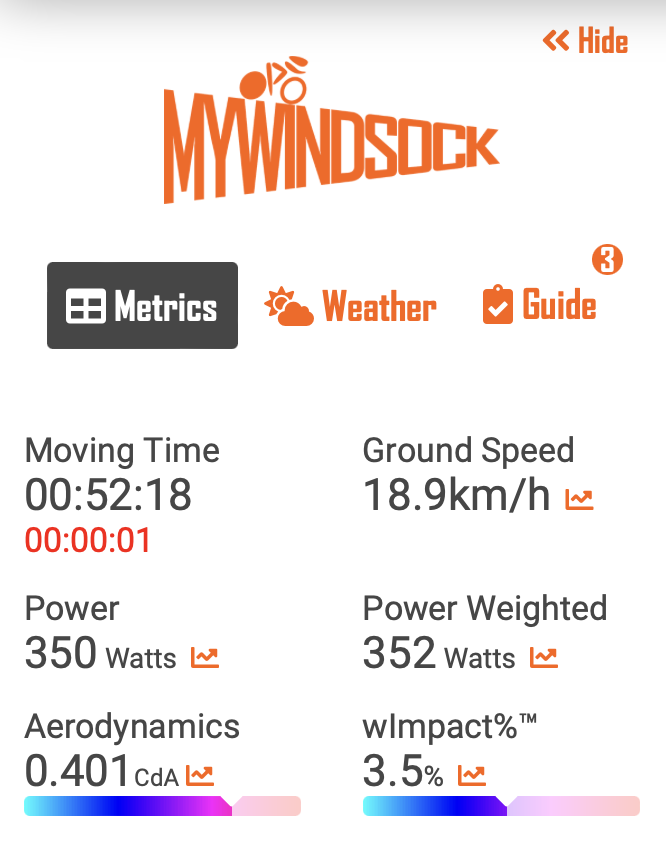
One thing that’s interesting to note is the distribution of forces, despite cda being estimated very high at around 0.4 we notice, using the force distribution graphic, that most of our resistance comes from gravity.
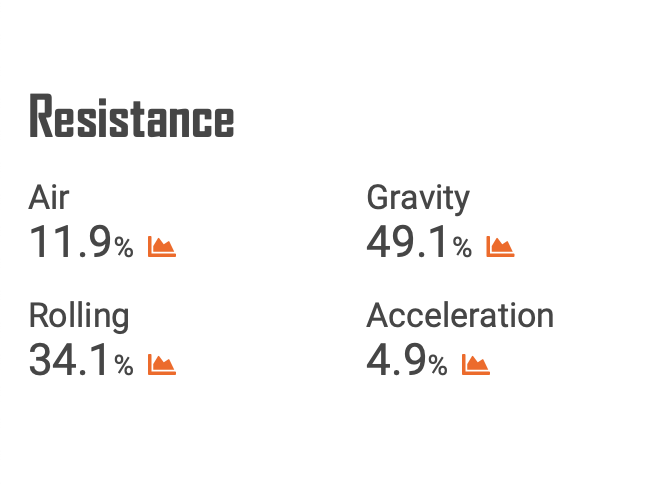
What happens if we lose a kg or two?
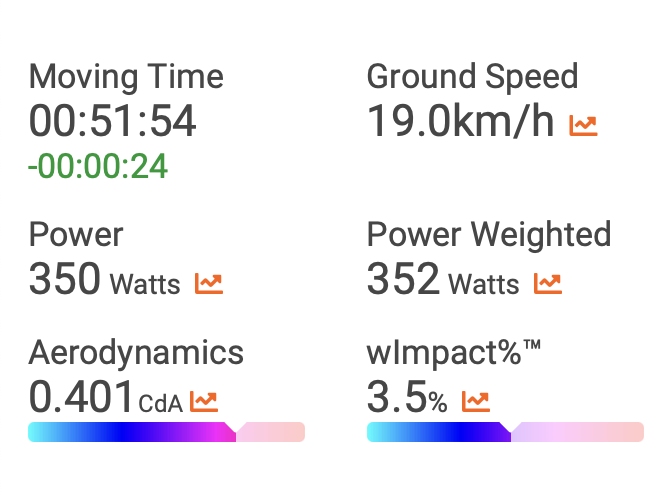
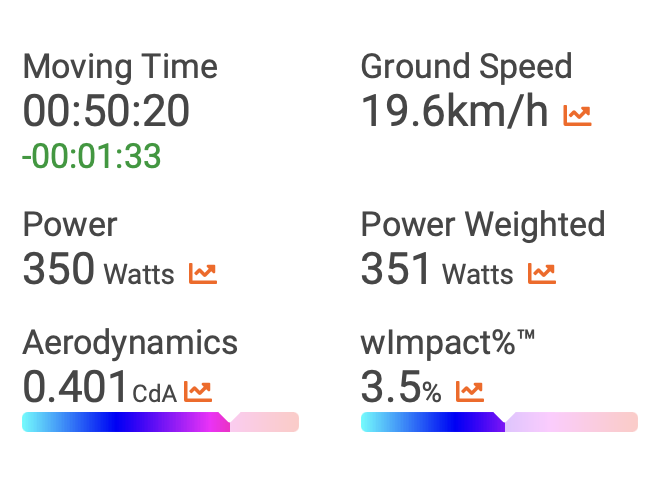
If you want to plan your next race to the last detail, check out myWindsock and sign up today!




 UK Time Trial Events
UK Time Trial Events